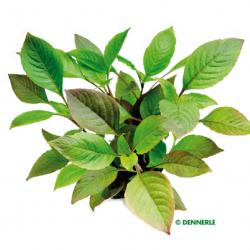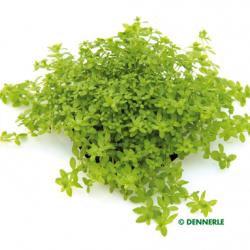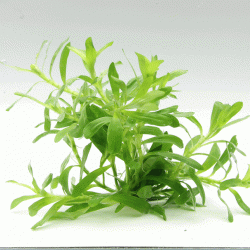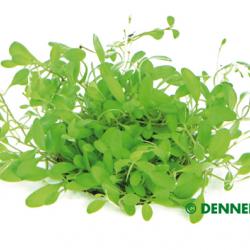Einfach

Hygrophila corymbosa
 Lighting
Lighting
 Color
Color
 Position
Position
 22 - 28 °C
Temperature
22 - 28 °C
Temperature
 CO2
CO2
 50 cm / schnell
Growth
50 cm / schnell
Growth
Family:
Acanthaceae
Species:
Hygrophila
Type:
Hygrophila corymbosa is a widespread stem plant in South East Asia. There are several varieties, each of which has a different leaf shape. Emersed leaves are usually much darker than those under the water. The hygro is a good beginner plant for the background. Rapid growth means that excess nutrients are removed, eliminating the food source for any algae. As soon as the shoots reach the water surface they should be trimmed back to half their length. A stepped arrangement of the stems is recommended for this.















